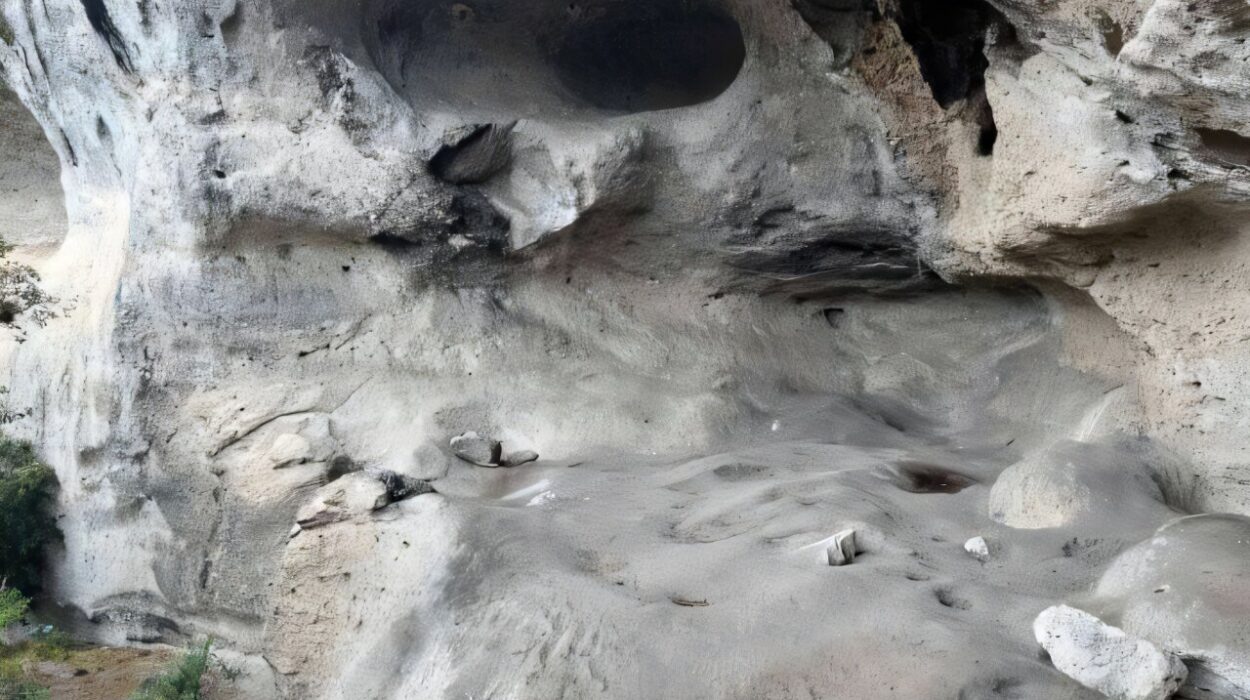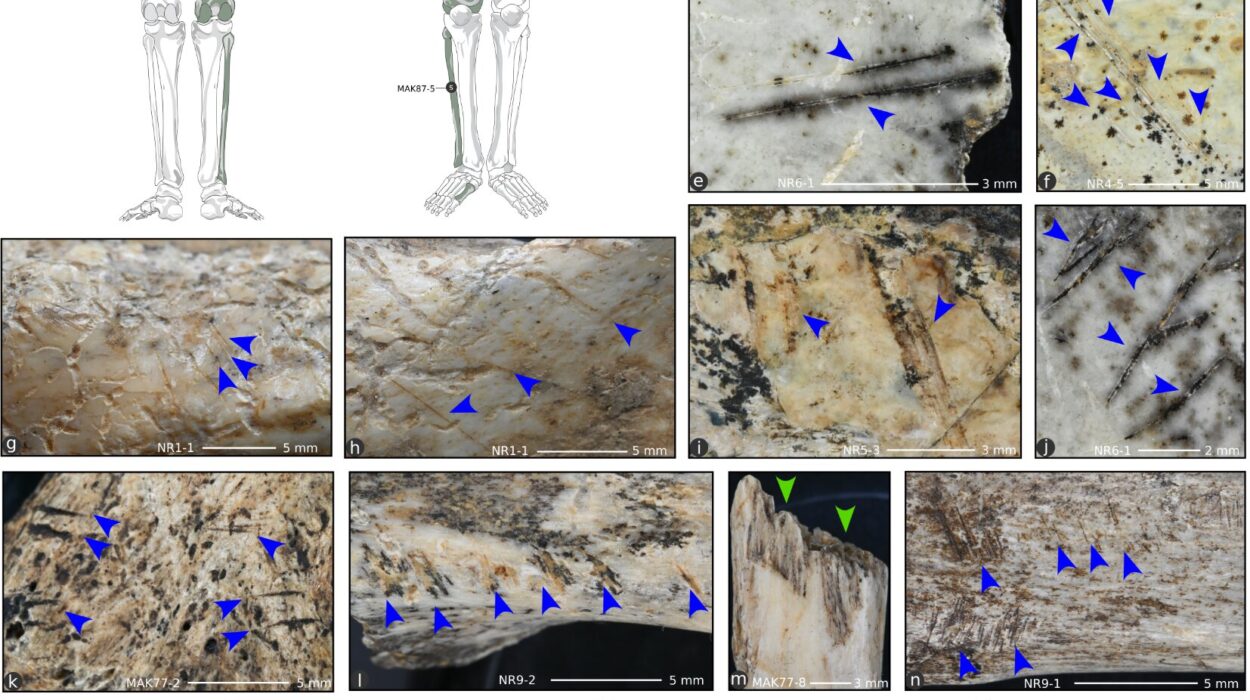Thousands of years ago, on the fertile plains of the Indus River and its tributaries, a remarkable civilization flourished. Known today as the Indus Valley Civilization, or Harappan Civilization, it was one of the world’s earliest urban cultures, contemporary with Ancient Egypt and Mesopotamia. Between 2600 BCE and 1900 BCE, cities like Harappa, Mohenjo-Daro, and Dholavira were centers of trade, art, technology, and culture. Their streets were carefully planned, their drainage systems sophisticated, their houses well-constructed, and their people skilled in crafts and commerce.
And then, almost as suddenly as it had risen, this civilization declined. By 1500 BCE, its cities were abandoned or diminished, its writing system fell silent, and its once-thriving urban culture fragmented into scattered rural settlements. For over a century, archaeologists and historians have debated what caused this decline. Was it environmental catastrophe, invasion, disease, economic collapse, or a combination of all these factors? The Indus Valley Civilization left behind no deciphered written records to tell its own story, and so its decline remains one of history’s most captivating mysteries.
The Civilization That Time Forgot
Before we examine its decline, it is important to understand what made the Indus Valley Civilization so extraordinary. At its height, it stretched across more than a million square kilometers, covering present-day Pakistan, northwestern India, and parts of Afghanistan and Iran. With over a thousand settlements, it was larger than either ancient Egypt or Mesopotamia.
The people of the Indus Valley built grid-patterned cities with impressive urban planning. Their houses, made of baked bricks, often had wells, bathrooms, and underground drains connected to elaborate sewage systems—an achievement unmatched in many later civilizations. They produced exquisite jewelry, standardized weights and measures, seals engraved with animals and symbols, and finely crafted pottery. Their trade networks extended to Mesopotamia, where Indus goods such as carnelian beads and cotton textiles were highly valued.
Yet, for all their achievements, the Harappans remain mysterious. Their script, carved on seals and pottery, has never been conclusively deciphered. Their political structure is unclear—no palaces or monumental temples dominate their cities, unlike in Egypt or Mesopotamia. Power may have been distributed across communities, or perhaps their rulers governed differently from the kings and pharaohs we know elsewhere. Whatever their political organization, it fostered stability for centuries—until that stability unraveled.
The Long Road to Decline
The decline of the Indus Valley Civilization was not a single dramatic event but a gradual process that unfolded over centuries. Evidence suggests that around 1900 BCE, the great cities began to shrink. Standardized weights disappeared, long-distance trade weakened, and urban planning deteriorated. By 1700 BCE, many cities had been abandoned or transformed into smaller villages.
But why? Historians and archaeologists have proposed multiple theories, often interwoven. The fall of the Indus was likely the result of many forces—environmental, social, and external—converging in a way that made recovery impossible.
Climate Change and Shifting Rivers
Perhaps the most widely accepted explanation for the decline lies in the changing environment. The Indus Valley Civilization was built upon rivers, whose seasonal floods nourished agriculture. But rivers are never permanent. Geological and climatic studies suggest that around 2000 BCE, shifts in monsoon patterns and tectonic activity altered the course of rivers like the Ghaggar-Hakra (believed by some to be the legendary Saraswati).
The Ghaggar-Hakra, once a mighty river system feeding fertile lands, gradually dried up. As it weakened, agricultural productivity declined, and once-thriving urban centers dependent on farming suffered. At the same time, the Indus River itself may have changed course due to tectonic shifts, disrupting settlements along its banks.
Monsoon rainfall, which had sustained the region for centuries, weakened significantly. Prolonged droughts followed, reducing crop yields and making food scarcer. Archaeological evidence from sites such as Harappa shows signs of stress: reduced agricultural diversity, reliance on hardier crops like millet instead of wheat and barley, and abandonment of farmlands.
A civilization rooted in agricultural surplus and riverine stability found itself vulnerable when those foundations collapsed. The once-flourishing urban economy could no longer sustain itself.
Decline of Trade and Economy
The Indus Valley Civilization was not isolated. It thrived partly because of its extensive trade connections, particularly with Mesopotamia. Indus merchants exported beads, cotton textiles, ivory, and metals, and in return imported goods such as lapis lazuli, silver, and wool.
But around the same time the Indus began to decline, Mesopotamia too was experiencing turmoil. The fall of the Akkadian Empire, invasions, and environmental stresses disrupted Mesopotamian cities. With its main trading partner in crisis, the Indus Valley lost a vital economic lifeline.
Archaeological evidence shows a decline in long-distance trade: standardized weights vanished, luxury items became rare, and seals (used for commerce and identity) fell out of use. Without trade, urban centers lost one of their core functions. The economy contracted, and with it, the fabric of urban society unraveled.
Disease and Health Challenges
Another factor that may have contributed to the decline is disease. Urban centers, with dense populations and limited sanitation in later stages, were vulnerable to outbreaks. Skeletal remains from Harappan sites reveal evidence of leprosy and tuberculosis. Some scholars suggest that malaria and other vector-borne diseases could have spread as environmental changes altered habitats for mosquitoes and other carriers.
While disease alone may not have destroyed the civilization, it could have compounded existing stresses, weakening populations already struggling with food shortages and environmental decline.
Invasions and the Aryan Hypothesis
For much of the 20th century, scholars believed that invading Indo-Aryans destroyed the Indus Valley Civilization. The so-called “Aryan Invasion Theory” suggested that around 1500 BCE, nomadic Indo-European tribes swept into the subcontinent, overwhelming the Harappans with superior weapons and imposing their culture.
However, modern archaeology and genetics have challenged this theory. There is little evidence of widespread violent destruction at Indus sites. While Indo-Aryan migrations into South Asia did occur, they likely happened gradually and after the decline of urban Harappan centers. Rather than being the primary cause, the arrival of Indo-Aryans may have filled the vacuum left by the collapse of the Indus system.
The older narrative of a dramatic invasion has largely been replaced with one of slow cultural shifts, where migrating groups mingled with surviving Harappan populations, contributing to the cultural mosaic that would later shape Vedic India.
Social and Political Fragmentation
Another dimension of the decline may have been internal. Large, complex societies rely on political and social cohesion to survive crises. Yet the Harappans, with no evidence of strong centralized authority, may have been particularly vulnerable to fragmentation.
As resources became scarce and trade declined, cooperation among communities may have weakened. Cities that once shared cultural standards—such as uniform bricks, weights, and seals—began to diverge, suggesting decentralization and the loss of shared identity. Without unity, the ability to respond collectively to environmental and economic stresses diminished.
Archaeological Evidence of Decline
The physical remains of the Indus cities tell a story of gradual decay. In Mohenjo-Daro, layers of silt and signs of flooding indicate repeated environmental stress. Streets that were once carefully maintained became clogged with debris. Houses were subdivided, suggesting overcrowding or social change. Public works, such as the Great Bath and drainage systems, fell into disrepair.
At Harappa, archaeologists discovered changes in burial practices and shifts in material culture. Craftsmanship became less refined, trade goods rarer, and urban planning less standardized. The hallmark uniformity of the Indus Valley gave way to regional variations, a sign of cultural fragmentation.
These changes suggest not a sudden collapse but a society slowly losing its coherence, unable to sustain the complexity of urban life.
The Ruralization of Harappan Society
As cities declined, populations did not vanish—they adapted. Many Harappans migrated eastward, toward the more fertile Ganges plain, where new agricultural opportunities awaited. Others retreated into smaller villages and rural settlements.
This process of “ruralization” transformed the character of Harappan society. Without large cities, trade, or centralized systems, people lived in smaller, more self-sufficient communities. Over time, elements of Harappan culture persisted in pottery styles, religious practices, and agricultural methods, blending with new influences such as Indo-Aryan traditions.
Thus, the Indus Valley Civilization did not simply disappear—it evolved into the cultural foundations of later South Asian societies.
Lessons from the Decline
The story of the Indus Valley Civilization’s decline is more than an ancient mystery—it is a mirror held up to humanity. It reminds us that civilizations, no matter how advanced, are vulnerable to environmental change, economic shifts, and social fragility.
Today, as we face global climate change, resource depletion, and questions of sustainability, the Indus story resonates with urgency. Just as weakening monsoons and drying rivers challenged the Harappans, our own societies are being tested by rising seas, extreme weather, and shifting ecosystems. The Indus Valley teaches us that adaptation and resilience are essential, but also that failure to respond collectively can lead to fragmentation and decline.
The Enduring Mystery
Despite decades of research, the decline of the Indus Valley Civilization remains an unsolved puzzle. Climate shifts, economic decline, disease, migration, and social change all played roles—but their exact balance is still debated. The absence of deciphered texts leaves us with silence where there should be explanation.
Yet perhaps that silence is part of the allure. The Indus Valley Civilization stands as a testament to human ingenuity and fragility, a reminder that even the most advanced societies are not immune to collapse. Its decline is not simply a story of loss but a story of transformation, for from its ashes rose new cultures, new traditions, and the beginnings of South Asia as we know it today.
Conclusion: A Civilization’s Whisper Across Time
The Indus Valley Civilization was one of humanity’s first great urban experiments, a society that mastered planning, trade, and technology long before many others. Its decline, though tragic, was not an ending but a transition. The Harappans did not vanish—they adapted, migrated, and merged into the cultural currents that flowed into later Indian civilization.
To ask what happened to the Indus Valley is to confront the complexity of history. No single cause can explain its fall; instead, it was the interplay of climate, economy, health, and human choices. Its story endures not only in ruins and artifacts but in the very landscapes of South Asia, where rivers still flow, fields still yield crops, and traditions carry echoes of a civilization that once thrived.
In the quiet ruins of Mohenjo-Daro and Harappa, in the undeciphered seals that defy our understanding, and in the faint traces of its culture that still shape South Asia, the Indus Valley whispers across time. It asks us to listen, to learn, and to remember that civilizations, no matter how mighty, are as fragile as the rivers that sustain them.






